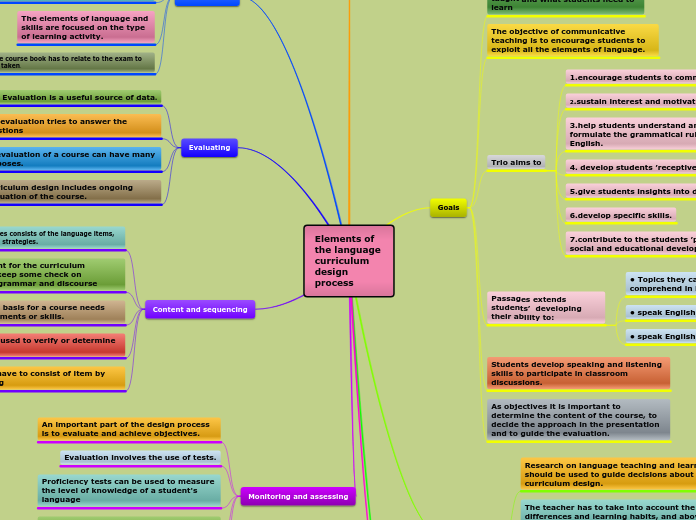da Janice Leung mancano 7 anni
820
Achievement charts
The Ontario achievement charts serve several key functions within the educational system. They provide a standardized framework that aligns with the curriculum expectations for all subjects and grade levels from kindergarten through grade 12.









